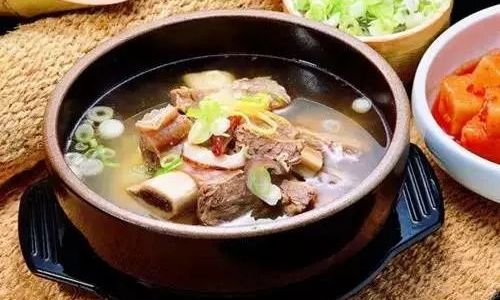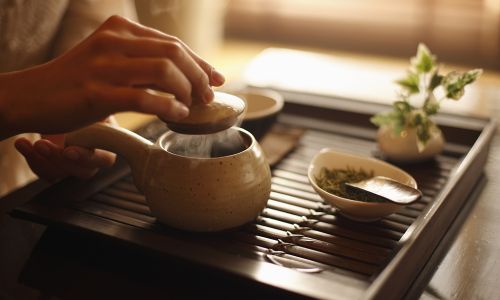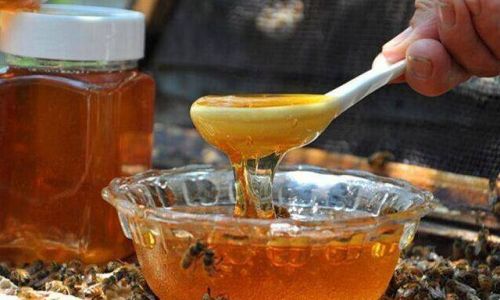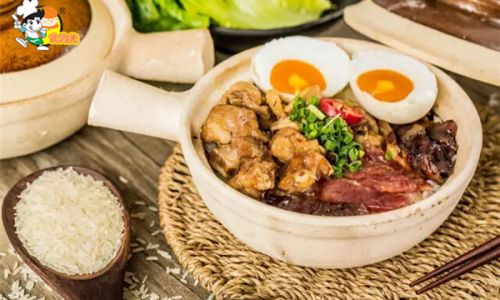Introduction
Quail soup, a delicate yet deeply flavorful dish, has been cherished across cultures for centuries. Revered for its tender meat, rich broth, and purported health benefits, this dish requires precision and patience to achieve perfection. Whether you are a seasoned home cook or a curious novice, understanding the nuances of selecting ingredients, balancing flavors, and employing the right cooking techniques is essential. This article delves into the intricacies of quail soup preparation, exploring everything from ingredient selection to advanced culinary methods. By the end, you will possess the knowledge to create a bowl of quail soup that tantalizes the taste buds and nourishes the soul.
The Allure of Quail Soup: A Brief Historical and Cultural Context
Quail soup’s origins trace back to ancient civilizations where small game birds were prized for their flavor and nutritional value. In traditional Chinese medicine, quail meat is believed to tonify the spleen, nourish the kidneys, and boost vitality. Similarly, Mediterranean cuisines incorporate quail into broths to create light, aromatic soups served during festive occasions. Over time, quail soup has evolved into a versatile dish, adapting to regional tastes and ingredients while retaining its reputation as a symbol of culinary refinement.
Selecting the Finest Quails: Fresh vs. Frozen, Size, and Sourcing
The foundation of exceptional quail soup lies in the quality of the bird. Fresh quails, ideally purchased from reputable butchers or specialty markets, offer superior texture and flavor. Look for birds with plump breasts, glossy skin, and a mild, earthy aroma. Frozen quails, while convenient, require thorough thawing and may lose some moisture during cooking. Size matters too: younger quails (8–10 weeks old) yield tender meat, while older birds may be tougher but more flavorful. Organic or free-range quails are preferable, as they often have better muscle tone and less fat, resulting in a cleaner-tasting broth.

Essential Ingredients: Building Flavor Layers
A great quail soup is a symphony of ingredients working in harmony. Beyond the bird itself, consider these components:
- Aromatics: Onions, garlic, ginger, and leeks form the flavor base. Caramelizing onions and garlic adds sweetness, while ginger imparts a subtle warmth.
- Vegetables: Carrots, celery, and mushrooms contribute depth. Root vegetables like parsnips or turnips can add earthy sweetness.
- Herbs and Spices: Bay leaves, thyme, rosemary, and black peppercorns enhance complexity without overwhelming the broth. Avoid overly assertive spices like cinnamon or cloves, which may clash with the quail’s delicate taste.
- Liquids: Chicken or vegetable stock amplifies the soup’s body, but water alone can suffice for a purer flavor. A splash of dry white wine or sherry during sautéing adds acidity and brightness.
- Acidic Elements: Lemon juice or vinegar, added toward the end of cooking, brightens the broth and balances richness.
Preparation Techniques: Cleaning, Marinating, and Chopping
Proper preparation ensures the quail’s flavor shines.
- Cleaning: Rinse the quail under cold water, pat dry, and remove any residual feathers or internal organs. Some chefs prefer to leave the bones intact for added gelatin and flavor.
- Marinating: A simple marinade of olive oil, lemon zest, garlic, and herbs (2–4 hours) tenderizes the meat and infuses it with aroma. Avoid acidic marinades for extended periods, as they may toughen the meat.
- Chopping Vegetables: Uniformity in vegetable size ensures even cooking. Mirepoix (diced onions, carrots, and celery) should be finely chopped to melt into the broth.
Cooking Methods: Simmering, Pressure Cooking, and Slow Cooking
The cooking method profoundly impacts the soup’s texture and flavor.

- Simmering: The traditional approach involves gently simmering the quail in liquid for 1.5–2 hours. This low-and-slow method extracts maximum flavor while keeping the meat tender. Skim off impurities periodically to maintain clarity.
- Pressure Cooking: For time-efficient results, use a pressure cooker. Seal the quail with aromatics and cook at high pressure for 25–30 minutes. This method yields a rich broth but may result in slightly softer meat.
- Slow Cooking: Ideal for hands-off cooking. Combine all ingredients in a slow cooker and cook on low for 6–8 hours. The prolonged cooking time melds flavors beautifully.
Advanced Techniques: Roasting, Deglazing, and Clarifying
Elevate your soup with these professional tricks:
- Roasting Quail: Before simmering, roast the quail in the oven until golden. This caramelizes the skin, intensifying the broth’s savory notes.
- Deglazing: After roasting, deglaze the pan with wine or stock to scrape up browned bits (fond), which add unparalleled depth.
- Clarifying: For a crystal-clear broth, strain the soup through cheesecloth or use egg whites to coagulate impurities (a technique called “consommé”).
Recipe Variations: From Clear Soups to Creamy Indulgences
Quail soup’s versatility allows for endless creativity. Explore these variations:
- Classic Clear Quail Soup: Simmer quail with mirepoix, herbs, and water. Serve with fresh herbs and a squeeze of lemon.
- Creamy Quail and Mushroom Soup: Sauté wild mushrooms, blend with cream, and swirl into the broth for a luxurious texture.
- Herbal Quail Soup: Infuse with fresh tarragon, parsley, or dill for a refreshing twist.
- Spicy Quail Ramen: Transform the broth into a ramen base by adding soy sauce, miso, and chili oil. Top with soft-boiled eggs and noodles.
Troubleshooting Common Pitfalls
Even seasoned cooks encounter challenges. Here’s how to fix them:

- Bland Broth: Roast the quail first, or add a Parmesan rind during simmering for umami.
- Tough Meat: Avoid boiling vigorously; maintain a gentle simmer. Alternatively, pressure-cook for shorter durations.
- Cloudy Broth: Skim impurities during simmering and avoid stirring vigorously.
- Overpowering Herbs: Use delicate herbs like thyme or parsley sparingly. Taste and adjust seasoning gradually.
Serving Suggestions: Garnishes, Sides, and Pairings
Present your quail soup elegantly with these accompaniments:
- Garnishes: Fresh cilantro, chives, crispy fried onions, or a drizzle of truffle oil.
- Sides: Crusty bread, garlic croutons, or a light salad with bitter greens.
- Beverage Pairings: A crisp Sauvignon Blanc, herbal tea, or a mild lager complements the soup’s flavors.
Storage and Reheating: Preserving Freshness
Quail soup freezes exceptionally well. Store in airtight containers for up to three months. Reheat gently over low heat to prevent curdling. For meal prep, portion the soup into individual servings for easy reheating.
Health Benefits: Nutritional Powerhouse
Quail meat is lean yet nutrient-dense, rich in protein, B vitamins, and iron. The broth’s collagen supports joint health, while vegetables provide fiber and antioxidants. Modern diets often overlook quail, but its low cholesterol and high vitamin content make it a smart choice for health-conscious eaters.

Conclusion: The Journey to Quail Soup Mastery
Crafting the perfect quail soup is an art that rewards patience and attention to detail. By selecting quality ingredients, mastering cooking techniques, and embracing creativity, you can transform a simple bird into a culinary masterpiece. Whether you prefer the clarity of a classic consommé or the indulgence of a creamy blend, quail soup offers endless possibilities to explore. So, gather your ingredients, ignite your stove, and embark on a flavorful adventure—your taste buds will thank you.
Final Tip: Experimentation is key. Adjust herbs, spices, and cooking times to suit your palate. Over time, you’ll develop a recipe as unique as your culinary fingerprint. Happy cooking!






0 comments